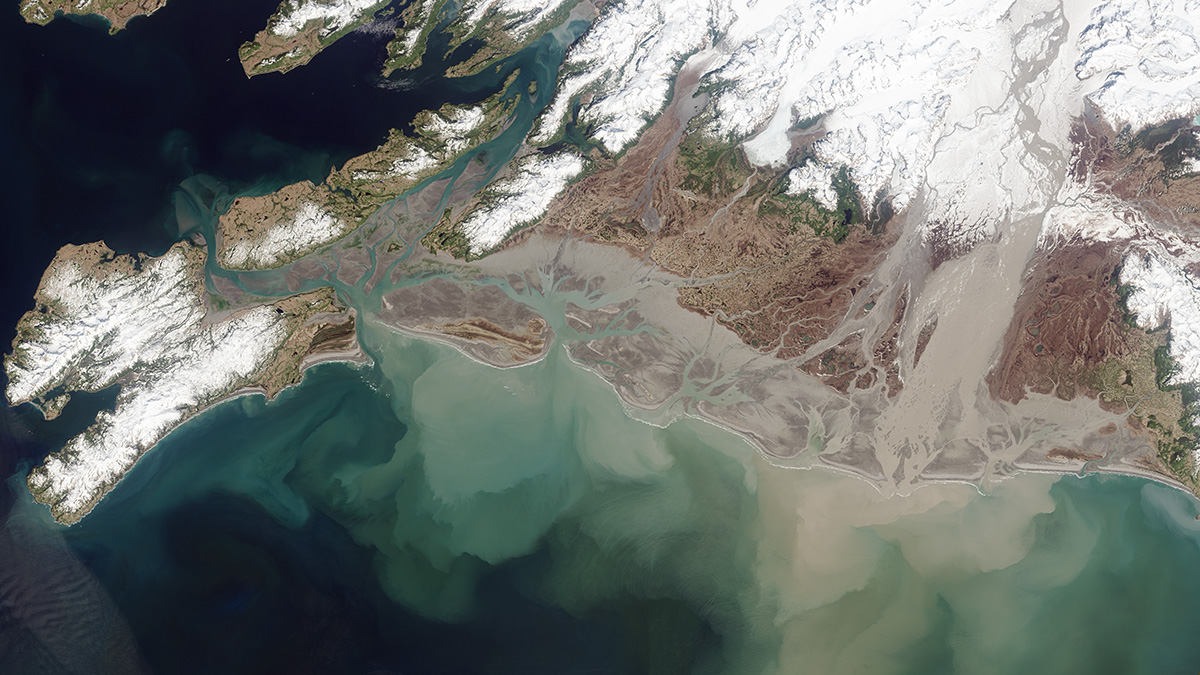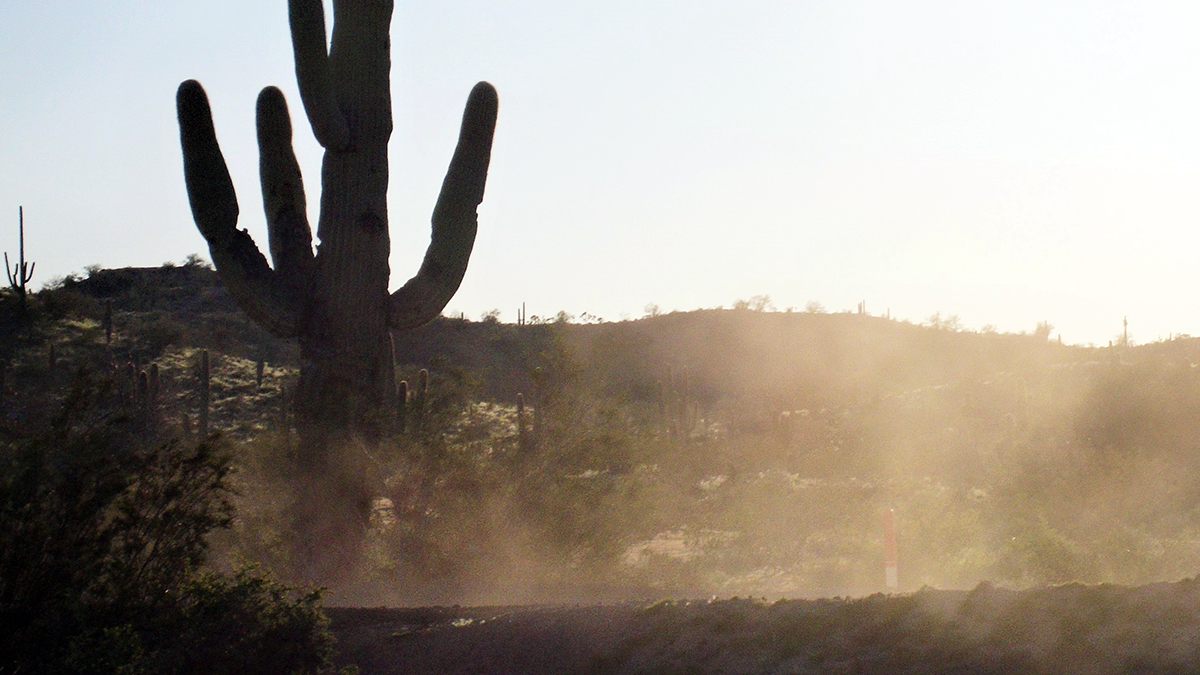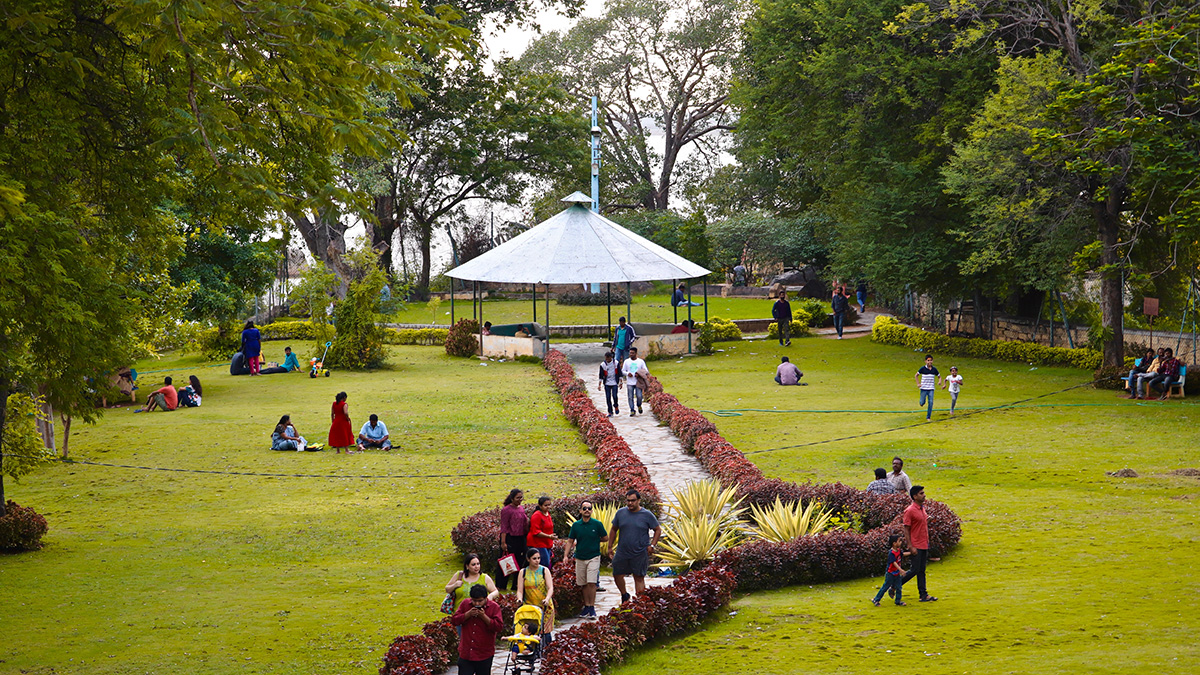As companies begin selling credits for marine carbon dioxide removal in largely unregulated marketplaces, scientists must develop standards for assessing the effectiveness of removal methods.
Climate Change
Danger in the Dust! The Hazards of Windblown Dust
Airborne dust not only causes disease, it also menaces transportation on land, sea, and air; disrupts renewable energy systems; transports pathogens and toxic substances; and poses many other hazards.
Outlook: Normal Atlantic Hurricane Season Expected
Atmospheric and oceanic features are simultaneously strengthening and suppressing hurricane activity this year.
Tracking Marine Heat Waves
Heat waves can happen in the depths, invisible at the ocean surface.
शहरी हरियाली के लाभों का आंकलन
शहर में हरियाली डिज़ाइन करते समय शहर के समुदायों को शायद यह सोचना पड़े कि जल अवशोषण या शीतलन, कौन से लाभ ज़्यादा ज़रूरी हैं।
الفوائد الصحية العالمية من تحقيق مرحلة صفر انبعاثات
إن خطط الحد من ظاهرة التغير المناخي ستقلل من تلوث الهواء وهو ما سيفضي إلى إنقاذ مئات آلاف الأرواح في العقود القادمة.
Heat Waves: A Growing Threat to Society and the Environment
With heat waves expected to worsen in the 21st century it is essential to take stock of our current understanding, knowledge gaps, and to set research priorities.
Taking the Pulse of Global Change with World Heritage Data Sets
Applying World Heritage status to highly valuable environmental records would spotlight the vital insights they provide into how Earth is changing and would ensure their longevity and accessibility.
Para el 2100 la producción de alimentos podría contribuir con 1°C al calentamiento global
Un nuevo estudio separa las emisiones de gases de efecto invernadero provenientes de la agricultura, mostrando cómo lo que comemos calienta el planeta.
The Greenhouse Gas Burden of Inland Waters
A global collaboration inventoried greenhouse gas emissions from rivers, lakes, and streams.










